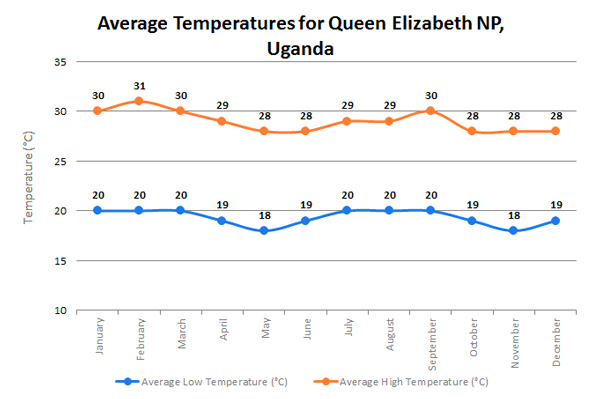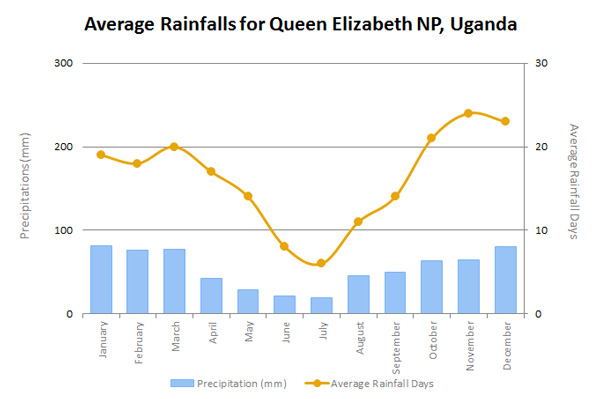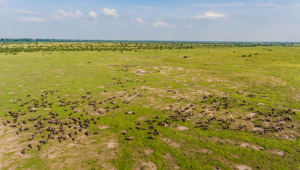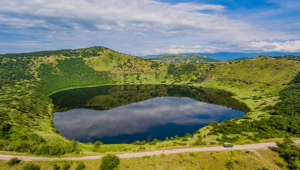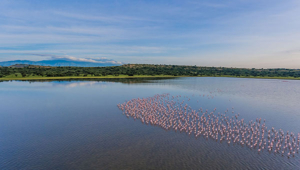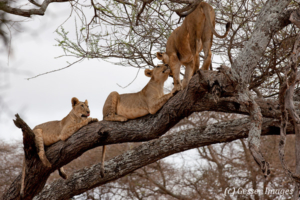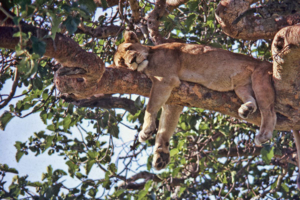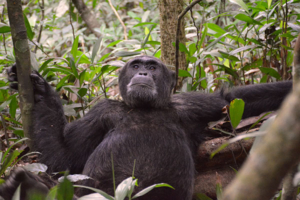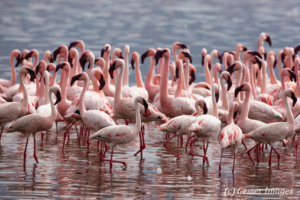Queen Elizabeth National Park
Queen Elizabeth National Park was founded in 1952 as Kazinga National Park and renamed two years later to commemorate a visit by Queen Elizabeth II despite the first European visitor was Henry Morton Stanley in 1889. Its area which covers 1,978 sqkm spans the wide ranging equator line ecosystems of sprawling savanna, shady, humid forests, sparkling lakes and fertile wetlands. This diversity makes it the ideal habitat for over 95 mammal species (classic big game, ten primate species including chimpanzees, etc.) and over 600 species of birds. The multiples areas to visit in the park, each with its specificities, justify its reputation of being the most popular wildlife reserve in Uganda.
For mammal observation, there are approx. 5,000 hippos, 2,500 elephants and over 10,000 buffalo thriving in its grasslands and shorelines guarantee sightings of some of Africa’s most iconic species, naturally followed by lions (including some fig tree climbing lions), leopards, civets and serval cats. Ten species of primates enjoy the park’s diverse habitats, the most popular being the chimpanzee. Vervet and black-and-white colobus monkeys are easily spotted in the trees, as well as the bold baboons.
For birding, the Katwe area which includes several crater lakes and swamps, is the place of choice to see Lesser Flamingos and a few Greater Flamingos as well as Eurasian Mash Harrier, Montagu’s Harrier, Pallid Harrier, Avocet, Common Greenshank, Little Stint, Curlew Sandpiper, Lesser Black-backed Gull, Gull-billed Tern, African Moustached Warbler and Southern Red Bishop.



